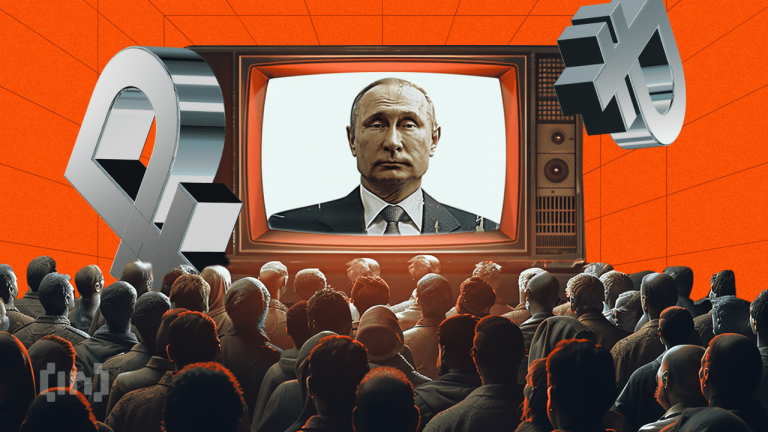
Introduction

The science behind vaccines is a cornerstone of modern public health. Vaccines have been instrumental in controlling and eradicating infectious diseases, protecting not only individuals but also communities. In this article, we will delve into how vaccines work, their importance in public health, and the ongoing challenges in vaccination efforts.
How Vaccines Work

Vaccines function by stimulating the immune system to recognize and fight pathogens. When a vaccine is administered, it introduces an antigen—a harmless piece of the pathogen—into the body. This prompts the immune system to produce antibodies and train immune cells to recognize the pathogen in future encounters.
There are several types of vaccines, including:
- Inactivated or killed vaccines: These contain pathogens that have been killed or inactivated, such as the polio vaccine.
- Live attenuated vaccines: These use a weakened form of the germ that causes a disease, like the measles, mumps, and rubella (MMR) vaccine.
- Subunit, recombinant, or conjugate vaccines: These include only parts of the pathogen, such as proteins or sugars, to elicit an immune response.
The Role of Vaccination in Public Health

Vaccination has significantly reduced the incidence of many infectious diseases. For example, smallpox was declared eradicated in 1980, thanks to a global vaccination campaign. Moreover, vaccines contribute to herd immunity, protecting those who cannot be vaccinated, such as individuals with certain medical conditions.
The World Health Organization (WHO) and other health agencies advocate for widespread vaccination as a means to achieve global health goals. Vaccination programs not only save lives but also reduce healthcare costs by preventing disease outbreaks.
Challenges in Vaccination

Despite the proven benefits of vaccines, public health officials face several challenges:
- Vaccine hesitancy: Misinformation and distrust can lead individuals to refuse vaccines, jeopardizing public health initiatives.
- Access to vaccines: In many parts of the world, logistical issues and lack of resources hinder vaccine distribution.
- Emerging diseases: New pathogens can emerge, necessitating the rapid development and distribution of effective vaccines.
Conclusion

The science behind vaccines is critical to understanding their role in public health. Vaccines not only protect individual health but also contribute to the broader goal of community immunity. Continued education and advocacy are essential to address challenges and ensure that vaccination remains a key strategy in public health.





